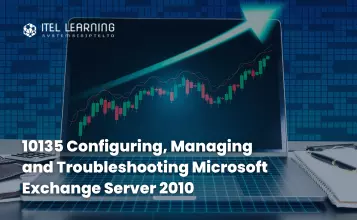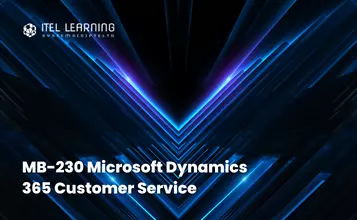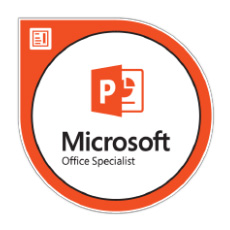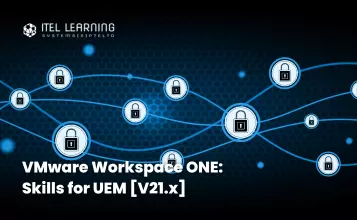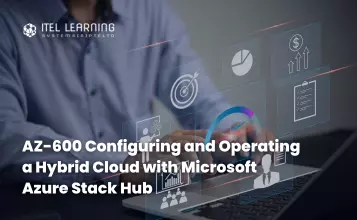Overview
Prerequisites
Participants who wish to take up this course should meet the following prerequisites:
- Experience managing Windows Server 2003 or Windows Server 2008 operating systems
- Experience with Active Directory Domain Services (AD DS)
- Fundamental knowledge of network technologies including Domain Name System (DNS) and firewall technologies
- Experience managing backup and restore on Windows Servers
- Experience using Windows management and monitoring tools such as Microsoft Management Console, Active Directory Users and Computers, Performance Monitor, Event Viewer, and Internet Information Systems (IIS) Administrator
- Experience using Windows networking and troubleshooting tools such as Network Monitor, Telnet, and NSLookup
- Fundamental knowledge of certificates and Public Key Infrastructure (PKI)
Who Should Attend?
This course is intended for people aspiring to be enterprise-level messaging administrators. IT generalists and help desk professionals who want to learn about Exchange Server 2010 are encouraged to apply.
Course Outline
- Overview of Exchange Server 2010 Requirements
- Installing Exchange Server 2010 Server Roles
- Completing an Exchange Server 2010 Installation
Lab: Installing Exchange Server 2010
Lab: Verifying an Exchange Server 2010 Installation
- Overview of Exchange Server 2010 Administrative Tools
- Configuring Mailbox Server Roles
- Configuring Public Folders
Lab: Configuring Mailbox Servers
- Managing Mailboxes
- Managing Other Recipients
- Configuring E-Mail Address Policies
- Configuring Address Lists
- Performing Bulk Recipient
- Management Tasks
Lab: Managing Recipient Objects
- Configuring the Client Access Server Role
- Configuring Client Access Services for Outlook Clients
- Configuring Outlook Web App
- Configuring Mobile Messaging
Lab: Configuring Client Access Servers for Outlook Anywhere Access
Lab: Configuring Client Access Servers for Outlook Web App and Exchange ActiveSync
- Overview of Message Transport
- Configuring Message Transport
Lab: Managing Message Transport
- Deploying Edge Transport Servers
- Deploying an Antivirus Solution
- Configuring an Anti-Spam Solution
- Configuring Secure SMTP Messaging
Lab: Configuring Edge Transport Servers and Forefront Protection 2010
Lab: Implementing Anti-Spam Solutions
- Overview of High Availability Options
- Configuring Highly Available Mailbox Databases
- Deploying Highly Available NonMailbox Servers
Lab: Implementing High Availability
- Planning Backup and Recovery Backing Up Exchange Server 2010
- Restoring Exchange Server 2010
Lab: Implementing Backup and Recovery
- Introducing Messaging Policy and Compliance
- Configuring Transport Rules
- Configuring Journaling and MultiMailbox Search
- Configuring Messaging Records Management
- Configuring Personal Archives
Lab: Configuring Transport Rules, Journal Rules, and Multi-Mailbox Search
Lab: Configuring Messaging Records Management and Personal Archives
- Configuring Role Based Access Control
- Configuring Security for Server
- Roles in Exchange Server 2010 Configuring Secure Internet Access
Lab: Securing Exchange Server 2010
- Monitoring Exchange Server 2010
- Maintaining Exchange Server 2010
- Troubleshooting Exchange Server 2010
Lab: Maintaining Exchange Server 2010
- Overview of Upgrading to Exchange Server 2010
- Upgrading from Exchange Server 2003 to Exchange Server 2010
- Upgrading from Exchange Server 2007 to Exchange Server 2010
- Overview of Telephony
- Introducing Unified Messaging
- Configuring Unified Messaging
Lab: Implementing Unified Messaging
